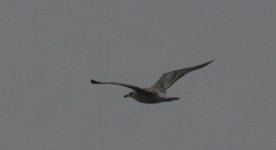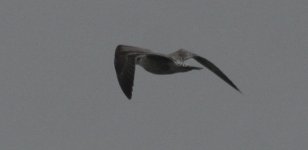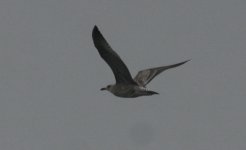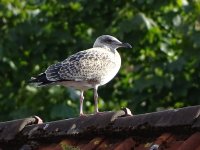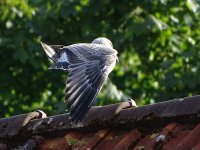Michał Jaro
Well-known member
So what about this one- Poland, Podhale, august.
I can see features of Yellow legged/ Herring/ Caspian , juv. - dark belly (Herring), wing formula (YL/ Caspian), difuse, light wing bars (Caspian), dark primaries and lack of window (YL), striped tail (Herring). Ufffff ...
I can see features of Yellow legged/ Herring/ Caspian , juv. - dark belly (Herring), wing formula (YL/ Caspian), difuse, light wing bars (Caspian), dark primaries and lack of window (YL), striped tail (Herring). Ufffff ...




